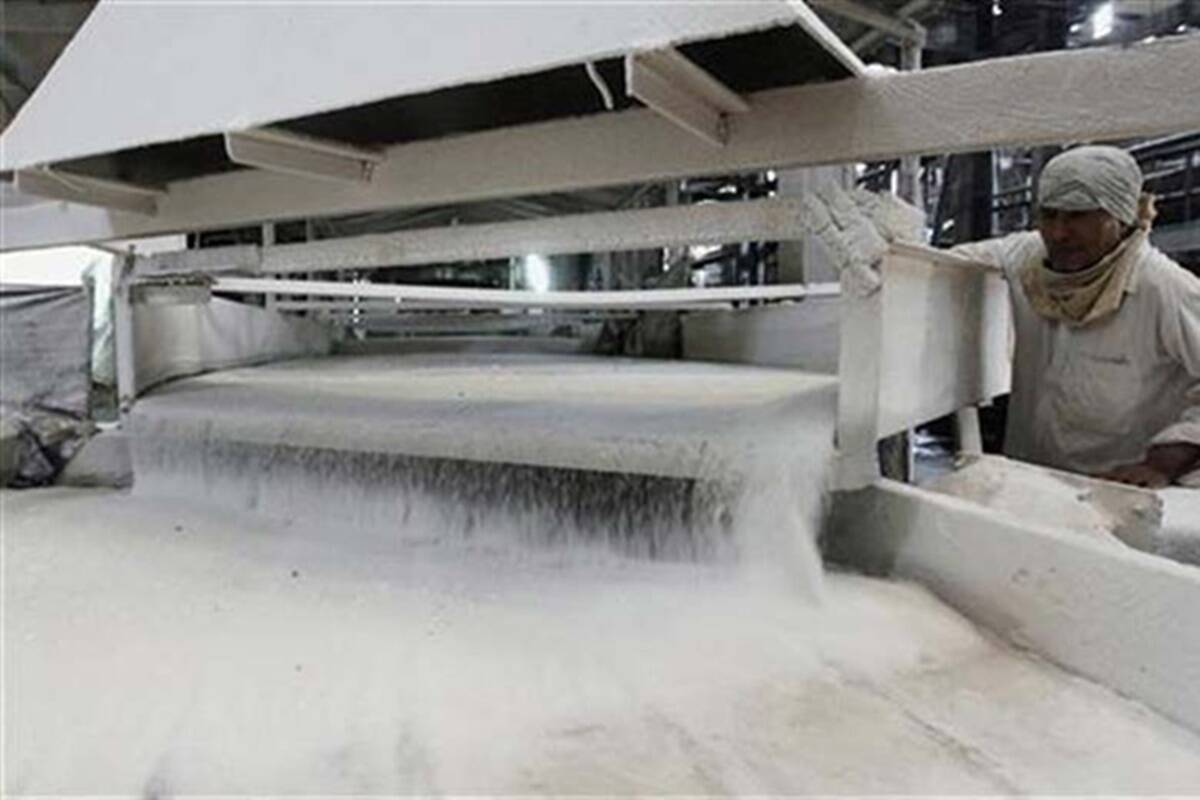
According to a government official, India's mills need to export 6 to 7 million tonnes of sugar without government incentives in 2021/22 to reduce inventories and guarantee domestic prices remain steady despite surplus production.
Sugar exports by the world's second-largest producer might limit worldwide prices, which have reached a four-and-a-half year high this month on expectations that supply from top producer Brazil will be reduced due to drought and frosts.
"Sugar mills should take advantage of rising international pricing and export maximum quantity," said Subodh Kumar Singh, joint secretary at the Department of Food and Public Distribution, during a webinar on Tuesday.
After delivering a record 7.2 million tonnes of sugar the previous season, Indian mills have acquired contracts to export 1.8 million tonnes in the 2021/2022 marketing year, which begins from Oct 1st.
Afghanistan and Sri Lanka were among the primary customers, but demand from both has been restrained by local constraints, and mills must look for new markets outside of Brazil, according to Singh.
Because the government is not providing a subsidy, global raw sugar prices must climb beyond 20 cents per lb to ensure India ships 5 to 6 million tonnes this year, according to Marex Spectron analyst Robin Shaw.
New Delhi has withdrawn an export subsidy that has been in effect for the previous three years.
Sugar mills are projected to divert 3.5 million tonnes of sugar to manufacture ethanol current year, limiting production to 30.5 million tonnes, although this would be greater than local demand of 26.5 million tonnes, according to Singh.
He noted that exports and ethanol production might reduce the sugar stockpile to 7 million tonnes at the start of the next marketing season, from 9 million tonnes this year.
















